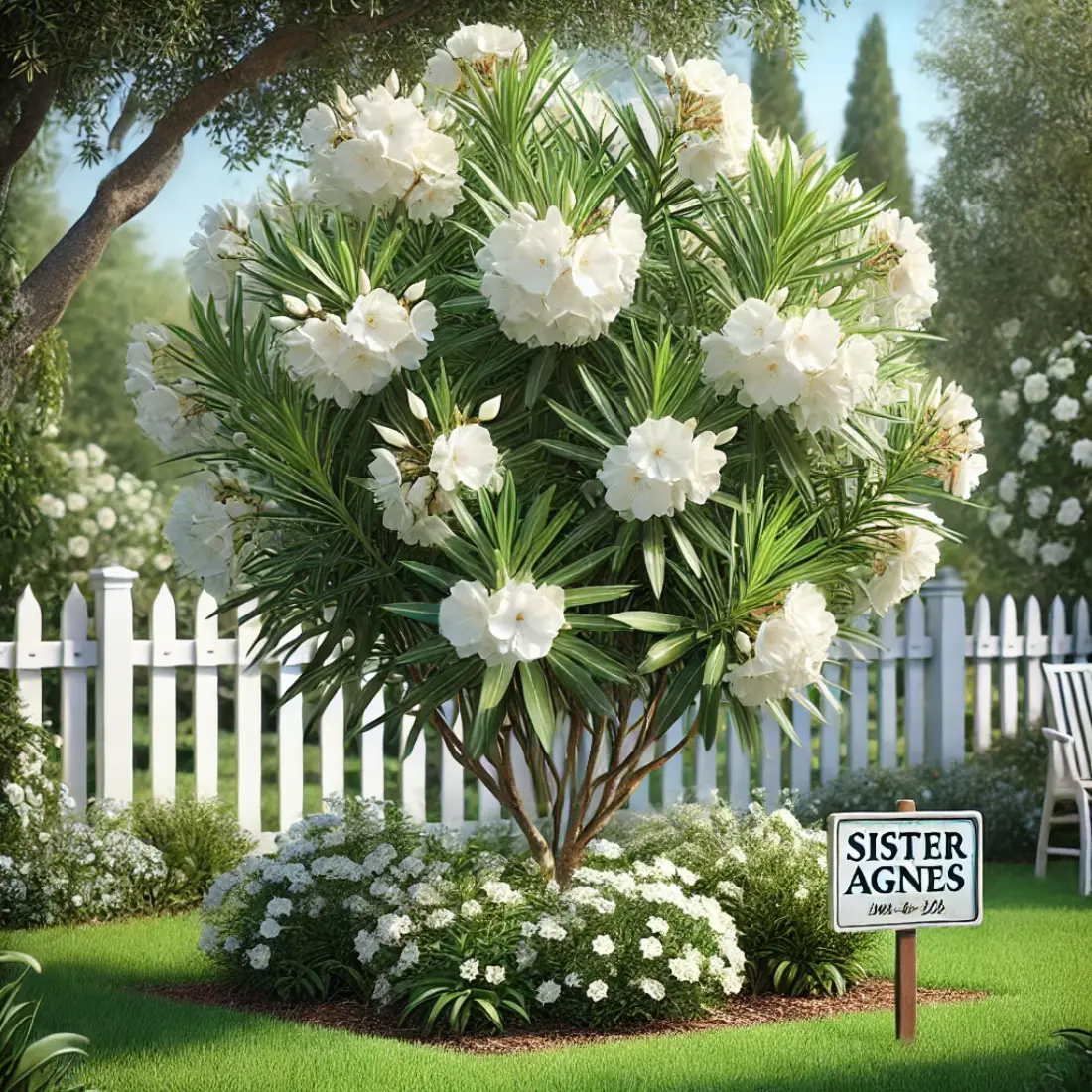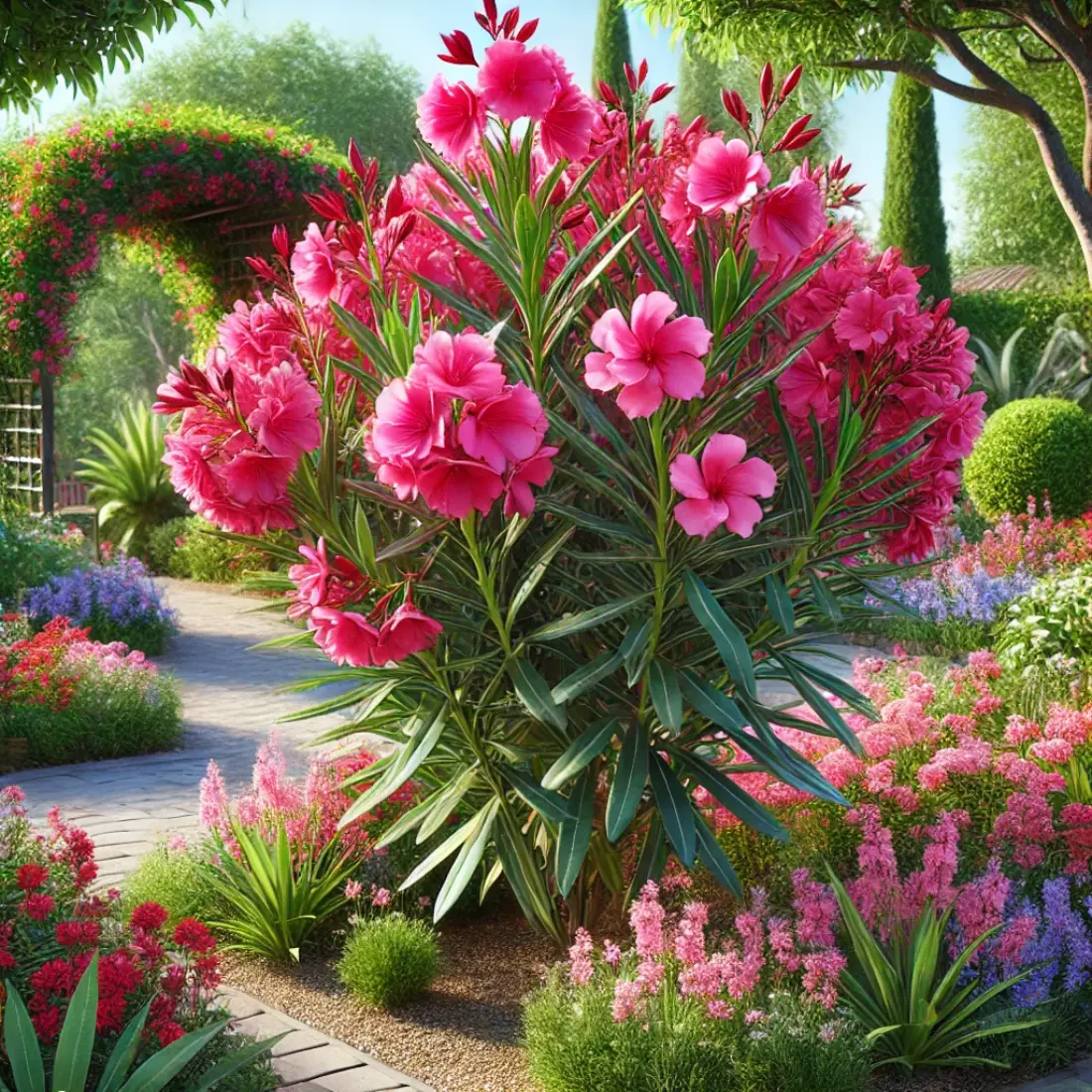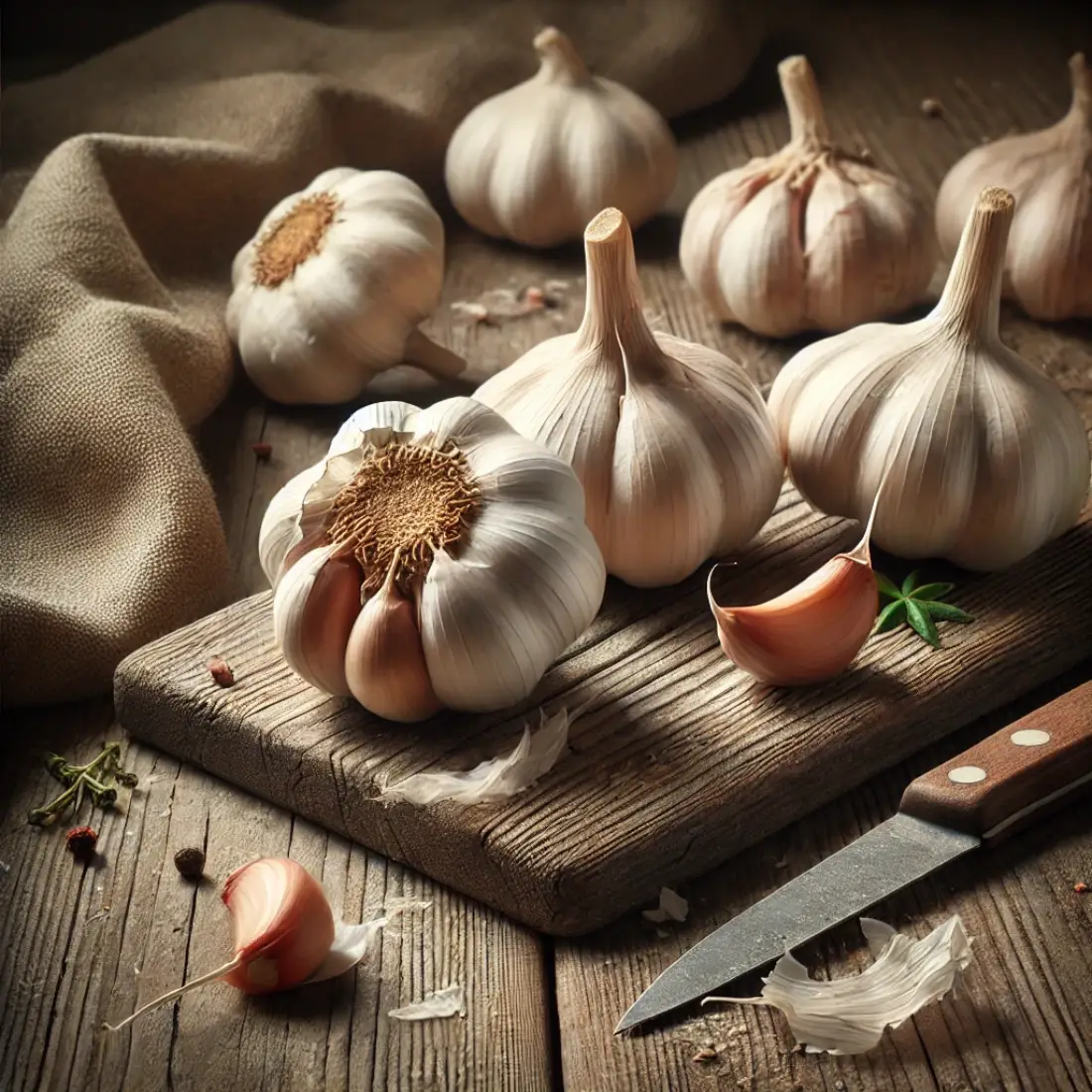Oleander (Nerium oleander) is a versatile and hardy shrub, renowned for its vibrant flowers and lush green foliage. Native to the Mediterranean region, this ornamental plant is a favorite in gardens and landscapes around the world. Its ability to thrive in a variety of climates and soils makes it a popular choice for both novice and experienced gardeners.
Oleander is not only admired for its beauty but also for its resilience, requiring minimal maintenance once established. However, it is important to note that all parts of the Oleander plant are toxic if ingested, so proper care and placement are essential, especially in households with pets or small children.
- Full Sunlight: Oleander thrives with 6-8 hours of direct sunlight daily.
- Soil Preference: Prefers well-draining soil.
- Drought-Tolerant: Minimal watering needed once established.
- Regular Pruning: Encourages healthy growth and shape.
- Annual Fertilization: Use a balanced organic fertilizer in spring.
- Toxicity Warning: All parts are toxic if ingested; keep away from pets and children.
- Pest and Disease Resistance: Generally resistant, but monitor for aphids and scale insects.
- Cold Sensitivity: Protect from frost in colder climates.
Popular Oleander Varieties
Oleander comes in a range of varieties, each offering unique colors and characteristics. Here are some of the most popular ones:
‘Hardy Red’: Known for its bright red flowers, this variety is highly resilient and can withstand colder climates better than others.

‘Petite Pink’: A dwarf variety with soft pink flowers, ideal for smaller gardens or container planting.

‘Sister Agnes’: Features large, pure white blooms and is perfect for adding a classic touch to any garden.

‘Calypso’: This variety has striking, deep pink flowers and is known for its vigorous growth and long blooming season.

‘Mrs. Roeding’: Offers vibrant salmon-pink flowers and is a favorite for its unique color.

‘Turner’s Flirt’: A more compact variety with light pink flowers, ideal for hedges and borders.

Planting Oleander
Best Time to Plant: The ideal time to plant Oleander is in the spring or early fall when the temperatures are mild, giving the plant time to establish before the extremes of summer or winter.
Soil Preparation: Choose a location with well-draining soil. If the soil is heavy clay, amend it with sand or organic matter to improve drainage.
Planting Steps:
- Digging the Hole: Dig a hole twice as wide and the same depth as the Oleander’s root ball.
- Positioning the Plant: Place the Oleander in the hole, ensuring the top of the root ball is level with the soil surface.
- Filling the Hole: Backfill with soil, gently tamping down to eliminate air pockets.
- Watering: Water thoroughly to settle the soil around the roots.
Spacing: Space multiple Oleanders at least 6-10 feet apart to allow for mature growth and proper air circulation, which helps prevent disease.
Growing Conditions for Oleander
- Sunlight: Oleander thrives in full sunlight, requiring at least 6-8 hours of direct sunlight each day for optimal growth and blooming.
- Soil: It prefers well-draining soil. Although it can tolerate a range of soil types, from sandy to loamy, proper drainage is crucial to prevent root rot.
- Watering: Oleander is drought-tolerant once established. Water young plants regularly until they are established, then reduce frequency. Overwatering can lead to root diseases, so let the soil dry out between waterings.
- Temperature and Humidity: Oleander thrives in warm climates and is hardy in USDA zones 8-10. It can withstand temperatures as low as 20°F (-6°C) for short periods. In colder regions, grow Oleander in pots and bring them indoors during winter.
Best Practices for Organic Fertilizing
- Compost: Apply a 2-3 inch layer of compost around the plant base in spring.
- Manure: Use well-rotted manure as a top dressing in spring.
- Organic Plant Food: Opt for balanced organic fertilizers with an N-P-K ratio of around 5-5-5.
- Timing: Fertilize in early spring before new growth starts.
- Avoid Over-Fertilizing: Follow recommended amounts to prevent excessive leaf growth.
- Watering: Water thoroughly after fertilizing to help distribute nutrients.
Pruning and Shaping Oleander
When to Prune: The best time to prune Oleander is in late winter or early spring, just before new growth begins. This timing helps shape the plant and encourages robust flowering during the growing season.
Tools Needed: Use sharp, clean pruning shears or loppers to make precise cuts. Sterilize your tools with rubbing alcohol before and after use to prevent the spread of disease.
Pruning Steps:
- Remove Dead or Diseased Wood: Start by cutting away any dead, damaged, or diseased branches. This helps maintain plant health and prevents the spread of disease.
- Shape the Plant: Trim the plant to maintain its desired shape and size. Cut back long, leggy stems to promote a fuller, bushier appearance.
- Encourage Air Circulation: Thin out dense areas by removing some of the inner branches. This improves air circulation, reducing the risk of fungal diseases.
- Control Size: If the Oleander is getting too large, reduce its size by cutting back the outer stems. Make cuts just above a leaf node to encourage new growth.
Encouraging Blooms: Pruning not only shapes the plant but also stimulates new growth, leading to more abundant blooms. Remove spent flowers (deadheading) throughout the blooming season to encourage continuous flowering.
Safety Precautions: Wear gloves and protective clothing when pruning Oleander, as its sap is toxic and can cause skin irritation.
Regular Maintenance: Regular pruning keeps Oleander healthy and manageable. Lightly prune throughout the growing season to remove dead flowers and maintain shape.
Landscaping with Oleander
Design Ideas: Oleander’s vibrant flowers and lush foliage make it an excellent choice for various landscaping uses. Plant it as a standalone specimen for a striking focal point or use it in groups to create colorful hedges and privacy screens.
Hedges and Privacy Screens: Oleander’s dense growth habit makes it perfect for creating natural barriers. Plant multiple Oleanders in a row, spacing them 6-10 feet apart for a seamless hedge that provides both privacy and noise reduction.
Container Gardening: Oleander grows well in large containers, making it suitable for patios, decks, and balconies. Choose dwarf varieties like ‘Petite Pink’ for container planting.
Companion Plants: Pair Oleander with drought-tolerant plants such as lavender, rosemary, and yucca. These companions not only complement Oleander’s aesthetic but also share similar growing conditions, ensuring a harmonious garden.
Color Coordination: Utilize Oleander’s wide range of colors to enhance your landscape design. Combine red, pink, white, and yellow varieties to create visually stunning color contrasts and patterns.
Low Maintenance Beauty: Oleander is a hardy plant that requires minimal maintenance once established, making it ideal for gardeners seeking a low-maintenance landscape option. Its drought tolerance and pest resistance add to its appeal.
Dealing with Pests and Diseases
Common Pests: Oleander is relatively pest-resistant but can occasionally be affected by aphids, scale insects, and spider mites.
- Aphids: These small insects suck sap from the plant, causing distorted growth and honeydew secretion.
Solution: Spray plants with a strong jet of water to dislodge aphids. Introduce natural predators like ladybugs and lacewings. Use insecticidal soap or neem oil for severe infestations.
- Scale Insects: These pests appear as small, brown bumps on stems and leaves, sucking sap and weakening the plant.
Solution: Prune and dispose of heavily infested branches. Apply horticultural oil or neem oil to smother the scales. Encourage natural predators such as parasitic wasps.
- Spider Mites: These tiny mites cause stippling on leaves and fine webbing.
Solution: Increase humidity around the plant by misting. Use a water spray to knock mites off the plant. Apply insecticidal soap or neem oil.
Common Diseases: Fungal infections such as root rot and sooty mold can affect Oleander.
- Root Rot: Caused by overwatering and poor drainage.
Solution: Improve soil drainage by adding organic matter or planting in raised beds. Water sparingly and only when the topsoil is dry.
- Sooty Mold: This black, sooty fungus grows on honeydew excreted by aphids and scale insects.
Solution: Control the insect population to prevent honeydew production. Wash affected leaves with a mixture of water and mild soap.
Preventive Measures:
- Healthy Soil: Maintain healthy soil with good drainage. Regularly amend with compost to enhance soil structure.
- Proper Spacing: Ensure adequate spacing between plants to promote air circulation, reducing the risk of fungal infections.
- Regular Monitoring: Regularly inspect plants for signs of pests and diseases to catch and treat issues early.
Winter Care for Oleander
Cold Sensitivity: Oleander is sensitive to frost and cold temperatures, particularly in regions with harsh winters. In USDA zones 8-10, Oleander can survive outdoors year-round, but in colder zones, it requires special care.
Outdoor Protection:
- Mulching: Apply a thick layer of mulch around the base of the plant to insulate the roots and retain soil warmth.
- Covering: Use frost blankets or burlap to cover the plant during cold snaps. Secure the coverings to prevent wind damage.
- Wind Protection: Shield Oleander from cold winds by planting near walls or using windbreaks.
Container Plants:
- Move Indoors: For Oleanders grown in pots, move them indoors before the first frost. Place them in a cool, bright location, such as an unheated sunroom or garage with windows.
- Reduce Watering: Water sparingly during winter dormancy, ensuring the soil remains slightly moist but not waterlogged.
Pruning and Maintenance:
- Late Pruning: Avoid pruning late in the fall as it can stimulate new growth that is vulnerable to frost damage.
- Inspect for Pests: Check for pests before bringing plants indoors to prevent infestations.
Gradual Transition:
- Acclimatization: In spring, gradually reintroduce container plants to the outdoors by placing them in a sheltered area for a few hours each day, increasing exposure over a week.
FAQs about Oleander
How often should I water my Oleander?
Oleander is drought-tolerant once established. Water young plants regularly until they are established, then reduce watering to once every 1-2 weeks, allowing the soil to dry out between waterings.
Is Oleander safe for pets?
No, all parts of the Oleander plant are highly toxic to pets and humans if ingested. Ensure Oleander is planted in areas inaccessible to pets and children.
Can Oleander grow in pots?
Yes, Oleander can be grown in large containers. Use well-draining soil and ensure the pot has drainage holes. Container-grown Oleanders are ideal for patios and can be moved indoors during winter in colder climates.
How do I protect Oleander from frost?
Apply mulch around the base, use frost blankets to cover the plant, and move container-grown Oleanders indoors. Protect outdoor plants from cold winds by planting near walls or using windbreaks.
When is the best time to prune Oleander?
The best time to prune Oleander is in late winter or early spring, just before new growth begins. This timing helps shape the plant and encourages robust flowering.
What pests commonly affect Oleander, and how can I treat them organically?
Common pests include aphids, scale insects, and spider mites. Treat them organically by spraying with water to dislodge pests, introducing natural predators like ladybugs, and using insecticidal soap or neem oil.
Why are my Oleander’s leaves turning yellow?
Yellowing leaves can result from overwatering, poor drainage, or nutrient deficiencies. Ensure the soil drains well, reduce watering, and apply a balanced organic fertilizer.
Can Oleander tolerate salt spray and windy conditions?
Yes, Oleander is tolerant of salt spray and can thrive in coastal areas. It also handles windy conditions well, making it a suitable choice for exposed locations.
How can I propagate Oleander?
Oleander can be propagated through cuttings or seeds. The most common method is by taking semi-hardwood cuttings in late spring or early summer and rooting them in a well-draining medium.
What should I do if my Oleander is not flowering?
Ensure the plant receives full sunlight, water appropriately, and apply a balanced fertilizer in spring. Prune after flowering to encourage new growth, and check for pests or diseases that may affect blooming.











